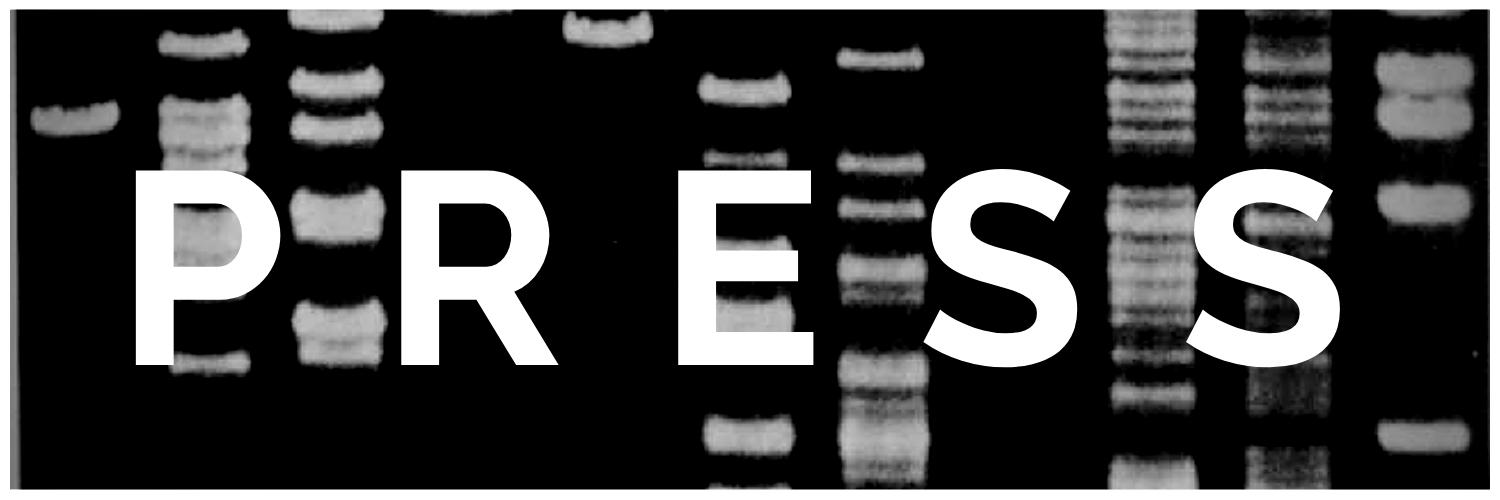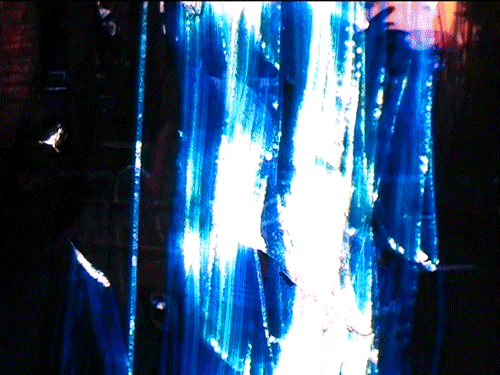A Physicist’s Perspective on Heydt’s Less Time Then Before
Stephon Alexander
Perhaps the most mind-boggling concept in physics to physicists is not the invisible subatomic world, it is the most commonplace phenomena we experience..time itself. It is obvious to everyone that time flows in one direction. And it is obvious that the rate at which time flows is the same for everyone- your watch ticks at the same rate as the watch of anyone else. In 1905 Albert Einstein proved that two seemingly obvious perceptions were illusory. But this new window about temporal reality opened a Pandora’s box about so called objectivity in our physical reality- quantum subjectivity.
Sam Heydt’s Film, Less Time Then Before evokes the longstanding debate between physicists about the compatibility of Einstein’s theory of relativity with quantum theory. Interestingly both quantum theory and relativity have shattered over 2000 years of physics to include the role of the observer albeit in different arenas of physical reality. Quantum mechanics primarily concerns the microscopic atomic and sub-atomic world- a domain inaccessible to the naked eyes. Hence, the very act of making a measurement on the delicate subatomic entities actually disturbs their trajectories. Quantum theory can only partially take this into account and as a result there is an inescapable uncertainty or fuzzy logic in the quantum world due to the fact that observers are around.
In relativity the role of the observer is in striking contrast to quantum theory. Relativity’s concern is in the arena of motion. Einstein realized that there is no absolute state of motion. For example, we here on Earth sitting at rest would conclude from the experience that we are not moving. But for an observer at rest on the moon, the earth is moving and consequently, we are moving. Conversely, observers at rest on the Moon will be seen as moving relative to observers on Earth. Who is really moving? According to Einstein, it depends on your frame of reference. For moonlings the earthlings are moving. And for Earthlings the moonlings are moving. Therefore, motion is never absolute but relative.
The state of rest and motion are both on the same footing although they are experienced differently. Ever since Einstein was a child he wondered what the world would look like if he could ride a beam of light. The one absolute state of motion is that of light. In other words, regardless of what the motion of an observer is, they will all see light moving at the same speed. With a flash of insight that came from a dream, Einstein concluded that from the perspective of a beam of light, time would stand still, will not move-this is called time dilation. Therefore, not only will motion be relative but also the rate at which time elapsed would also be relative. Observers that move very fast would experience time elapse more slowly than observers that move less rapidly.
Heydt’s use of scratch film reveals a striking analogy to time dilation. A long line scratched on the film appears as an instant of time once the film is animated. In this sense the reverse from relativity occurs in scratch film. A slow shutter speed elongates the appearance of the etched line and a fast shutter. But the analogy goes further as Heydt’s films usually capture historical familial events. Here the more present reverse time dilated scratch co exist with the motion of the past capturing a multiple frame of reference simultaneously. The co existence of the objective (scratch) with the subjective (the events) paves a way to make the quantum inclusive with the relativity of frame of reference. This coexistence creates a newness of the past event, a rebirthing of events long past in the ever present moment of subjective observers that watch the film.



